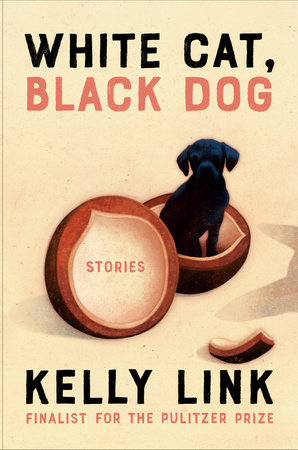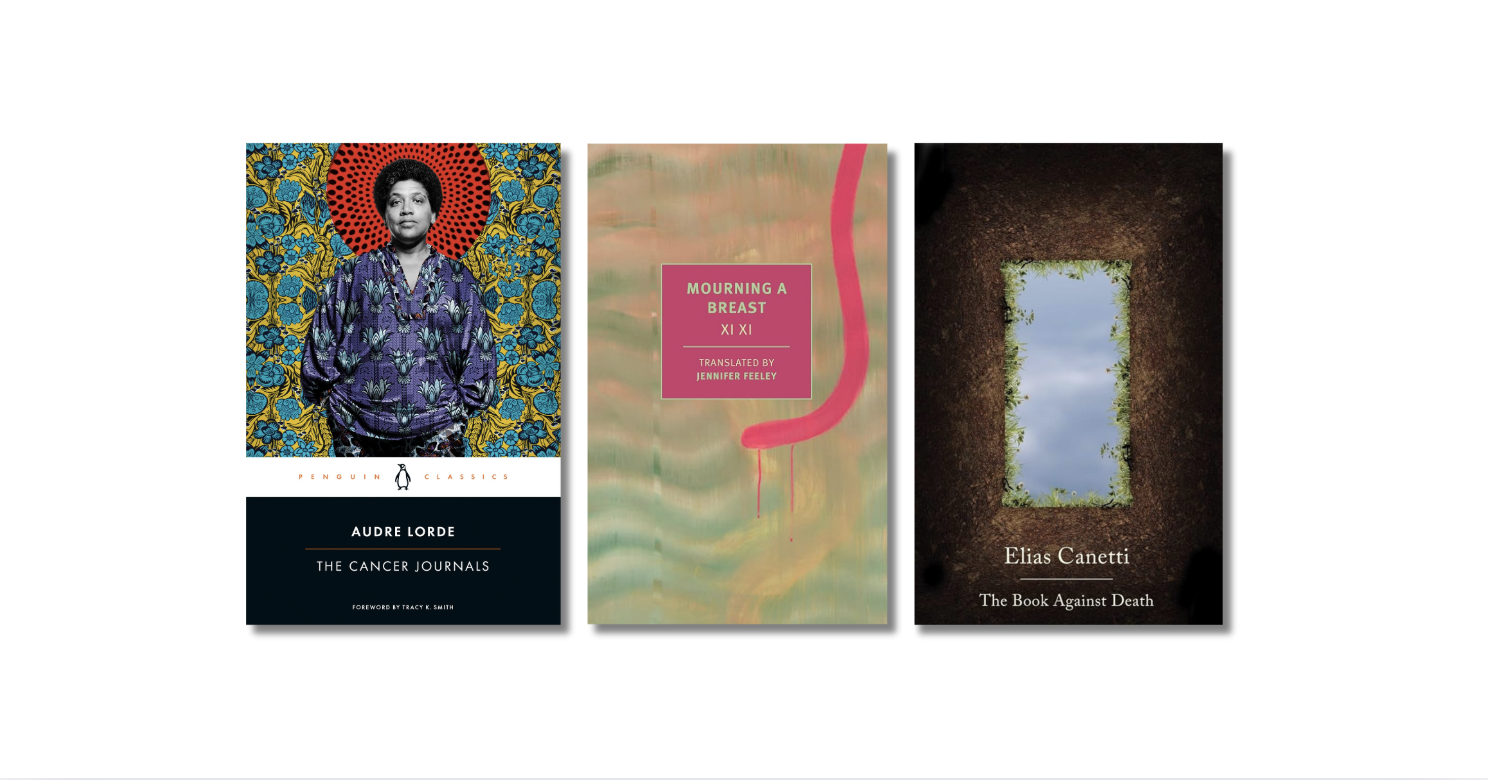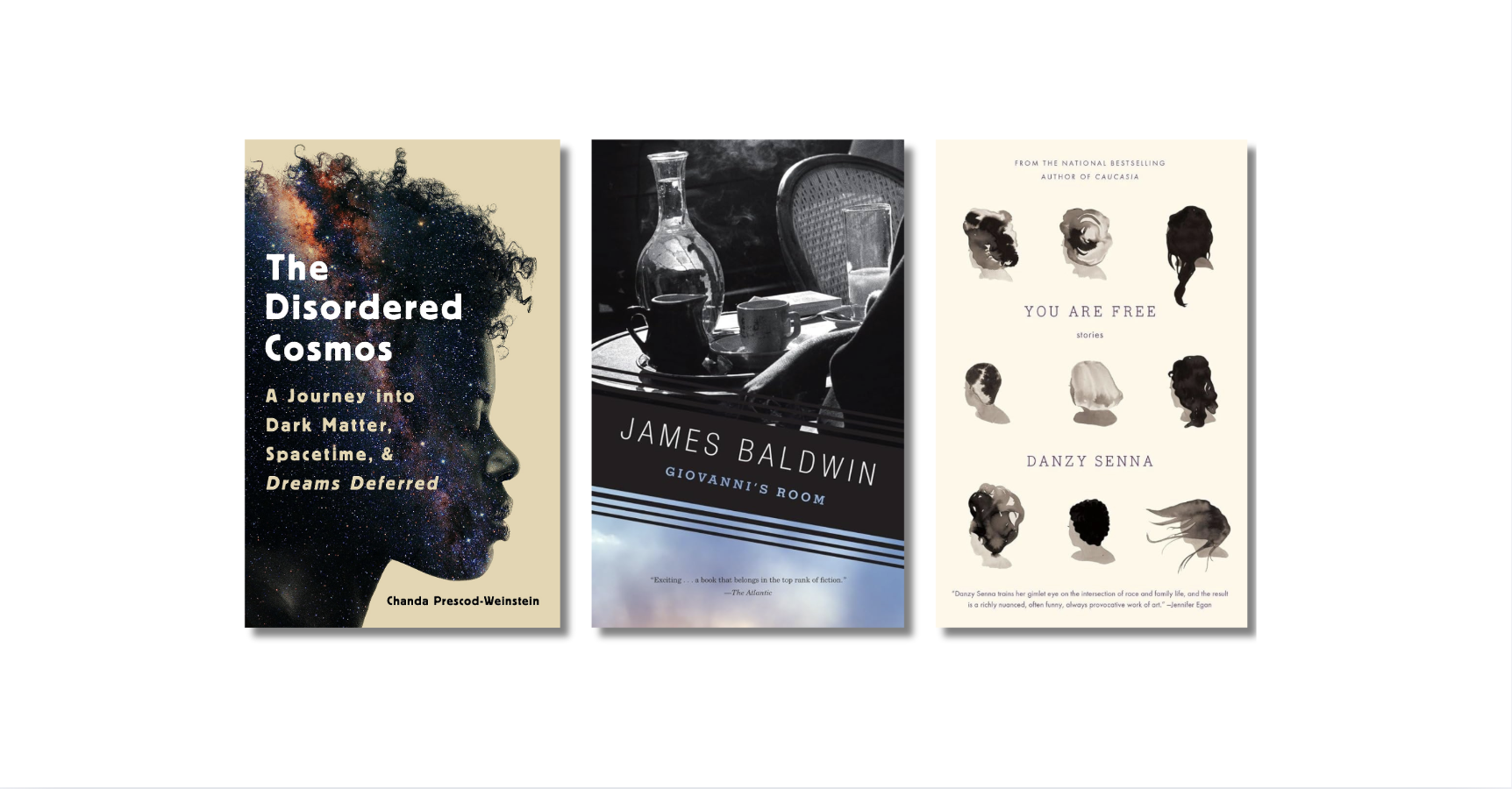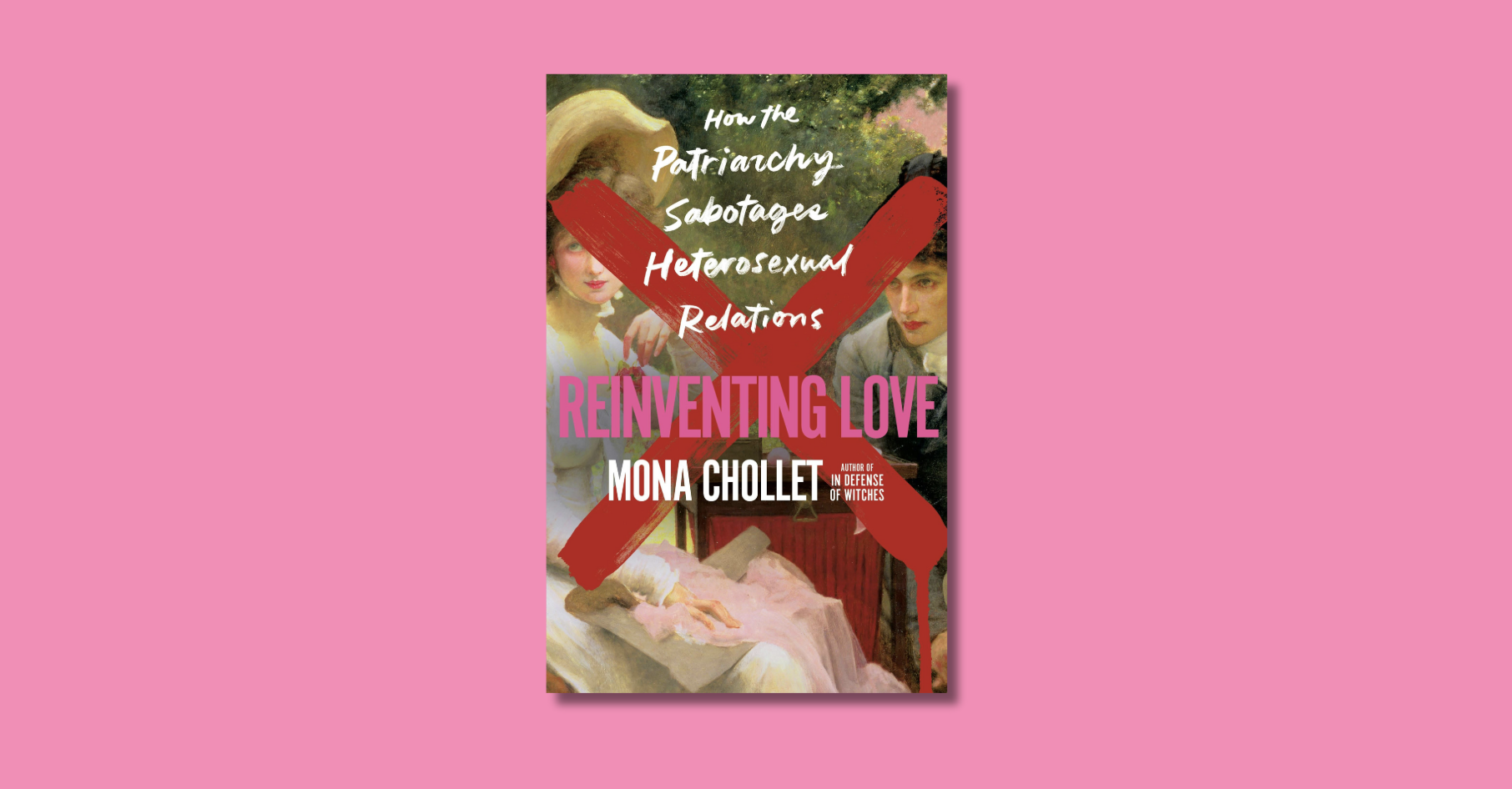Kelly Link’s fiction is where I go to get lost. Inspired by classic fables, the seven stories in her new collection White Cat, Black Dog feel timeless while being rooted firmly in our IRL world. “Each story in the collection is a response or entanglement with a fairytale,” Link told me. “Some are closer to retellings, and some just borrow structures or bits.”
In “The White Cat’s Divorce,” a man trapped in a blizzard finds refuge at a marijuana farm tended to by talking cats. In “Prince Hat Underground,” a middle-aged New Yorker named Gary learns that his mercurial husband was raised by fairy huldufölk of Iceland and is betrothed to the Queen of Hell. And in “The White Road,” a traveling troupe of actors are pursued by monsters in a post-apocalyptic United States. Evocative black and white illustrations by the Australian artist Shaun Tan contribute the immersive sense of wonder here. White Cat, Black Dog is a book that’s lived in as much as read.
Link has earned a MacArthur “genius” grant as well as one from the National Endowment for the Arts. She co-runs Small Beer Press, the zine Lady Churchill’s Rosebud Wristlet, and the bookshop Book Moon in Easthampton, Massachusetts. White Cat, Black Dog is her fifth work of fiction and my personal favorite so far.
I first met Link in 2005 when she visited the University of Illinois at Urbana-Champaign, where I was an MFA student. At that time, she helped me with an early draft of what remains the most gruesome story I’ve ever written. One word of advice she gave me during our conference has stuck with me. “The reader will forgive a murderer more easily than a bad tipper,” she told me. Perhaps it’s best if I let her explain what she meant. Our conversation about White Cat, Black Dog took place via email in March.
Andrew Ervin: You once told me that readers will forgive a murderer sooner than a bad tipper. Can you please tell me again what you mean by that?
Kelly Link: Ha! This belongs to a set of advice that I once heard a writer (I forget who, sadly) describe as “tune-up advice.” Meaning, if nothing seems to be wrong with your writing from your point of view, or from the point of view of your editor and/or intended audience, don’t worry. But if something seems off, here is a kind of checklist you can use. One of the items on this checklist has to do with the reader’s perception of characters, and whether or not they are sympathetic/interesting/being read in the way that the writer wants, and the bad tipper/murderer scale is a reminder that as readers we often forgive more easily a character who does a very large, bad thing than we do a character who feels cheap, or petty. (Though pettiness can be a great deal of fun, depending on how it’s written, and if there are other dimensions to that character).
In part, I believe this is because even bad behavior can read aspirationally. It can be pleasurable to imagine committing murder—but it’s harder to aspire to small acts of unkindness, possibly because we’re more likely to feel ashamed of ourselves when we engage in these.

 AE: The folklorist and scholar Maria Tatar has written, “Feminist writers have resisted the temptation to move in the imitative mode, choosing instead the route of critique and parody in their recastings of tales.” She mentions Anne Sexton’s Transformations. Margaret Atwood’s retelling of the Bluebeard story also comes to mind. And yet I don’t see your stories here as parodies or counter-narratives. How would you describe your methods or ambitions in retelling these?
AE: The folklorist and scholar Maria Tatar has written, “Feminist writers have resisted the temptation to move in the imitative mode, choosing instead the route of critique and parody in their recastings of tales.” She mentions Anne Sexton’s Transformations. Margaret Atwood’s retelling of the Bluebeard story also comes to mind. And yet I don’t see your stories here as parodies or counter-narratives. How would you describe your methods or ambitions in retelling these?
KL: I’m interested in critique, certainly, but more interested in pattern-making, and how to overlay contemporary life with a fairy tale or even with a set of fairy tales. Parody is not my strong suit—incongruity and, paradoxically, making connections is where I find narrative energy. My basic ambition is always to entertain, and to leave something lingering in the head of the reader, whether it’s an image, an emotion, or a sense of how a story might continue. I’m interested in surprise and delight, and fairy tales are endless wellspring of these.
My usual ambition for a story is to find some new avenue of approach to character or POV or language—or to find a kind of tonal shift, a new structure, or at least a new restriction or rule. I don’t want to bring the same bag of tricks to each story, and I want them to have different weights. And here fairy tales have an advantage again. They have a familiar enough pattern that I can rearrange it differently, or else break off a different aspect, and still have the story I emerge with connected in some way to the genre.

AE: Louis Armstrong famously said “All music is folk music. I ain’t never heard a horse sing a song.” Do you suppose that’s also true of folktales? Are all stories folktales? Have you ever heard a horse tell a story? What was it about?
KL: Folktales usually have a connection to the natural world, and the place people have in it. Strangely enough, one of my favorite fairy tales when I was little was “The Goose Girl” about a princess whose horse, Falada, is beheaded but still speaks to her—“Alas, alas, if your mother only knew, her heart would surely break in two.”
AE: Do you keep to a regular writing schedule? Do you prefer to write on paper? What rituals do you do to get the words flowing?
KL: I don’t, although by trial and error I’ve discovered that I can’t get anything much done before around 2pm. That’s when my brain kicks in and then I can write for quite some time, with breaks—until around 1am, if someone else makes dinner and takes care of all the other things that need doing. I write best on my laptop, but in the revision process I eventually print everything out and then scrawl all over that. But in general I prefer to read on paper and work on a screen.
I usually have a playlist that I listen to while I’m working—the same songs on the same playlist while I’m working on a particular story. I often check Twitter, read the Guardian, answer email while I’m working. I’m much happier if half my brain is distracted—the other half of my brain can then concentrate on what I’m working on.
AE: Is there another old tale you want to write about and haven’t gotten to yet?
KL: Next up for me is a short ghost story novel, and a middle-grade novel (which I’m already halfway through). I don’t have another fairytale in mind at the moment, but I also don’t have a particular feeling about writing a short story at all.
AE: “The White Road” includes one of the best descriptions of monsters I’ve read: “We know that they are monsters because they come at night and they tear us to pieces. But they are also monsters, I think, because we do not understand why they do what they do.” In popular culture, monsters have always reflected the current fears of their time. What contemporary monsters frighten you the most?
KL: I’m afraid of so many things. The writer Nick Harkaway had an excellent thread on Twitter once, about how novelists tend to be catastrophists. When we get on airplanes, we begin to imagine various scenarios in which the plane might go down. We spend all our time thinking about how to make a narrative interesting, and what makes a narrative interesting is threat/conflict/disaster/things going wrong.
I’m afraid of bad weather, that my dog will eat a grape or knock over my mom when my mom comes over, that my chickens will get pasted up, that my kid will be unhappy, that I will catch Covid (my husband has had long Covid, and so it would be very bad to bring it home). And that’s just the small, everyday stuff.
AE: Can you tell me what kind of research you did for “Prince Hat Underground”? Did you travel to hell? Had you been there before? Would you recommend it?
KL: “Prince Hat Underground” is a variant of the Norwegian fairy tale “East of the Sun, West of the Moon.” I haven’t been to Hell (as far as I know), I’ve barely been to Iceland, and I did get to ask some lovely residents of Reykjavik whether or not I was getting anything terribly wrong. The best thing I found out from them is that the phone translation programs are pretty terrible—to the point that they will translate a weather report about rain/snow falling as “thirty percent chance of falling snakes later this afternoon.”









